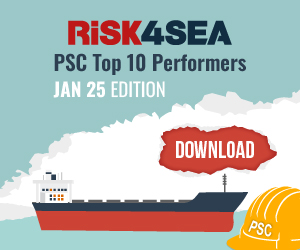Odfjell’s chemical tanker Bow Olympus has completed an Atlantic crossing using a combination of wind-assisted propulsion and certified sustainable biofuel.
According to Odfjell, this dual propulsion approach demonstrates that existing technologies can deliver major greenhouse gas (GHG) reductions today, not decades from now. Data from the voyage shows that the ship meets the EU’s 2050 GHG intensity targets and the IMO’s goals through at least 2044, underscoring the viability of this approach.
Equipped with four 22-meter suction sails, the vessel achieved up to 40% reductions in fuel use on parts of the journey, with consistent savings of 15–20%, equating to five tons of fuel and 15 tons of CO₂ saved daily. Even in light winds, the sails contributed significantly to propulsion and vessel stability, helped by an AI-based weather routing system that optimized wind usage.
Even in good, but not perfect, wind conditions, we observed a 15-20% energy-saving effect. That translates to five tons of fuel saved per day, equivalent to a reduction of 15 tons of CO₂ emissions per day. On certain parts of the current voyage, we have seen up to 40% fuel consumption reductions
… said VP Technology, Erik Hjortland.
In tandem with the wind technology, the ship ran on biofuel derived from certified sustainable waste, requiring no engine modifications. This combination resulted in an 85% reduction in GHG intensity compared to traditional fuels.
Now focusing on next-generation solutions, the company sees wind propulsion and flexible fuel adoption, like the use of biofuel on Bow Olympus, as essential to achieving and exceeding its 2030 emissions goals.































































